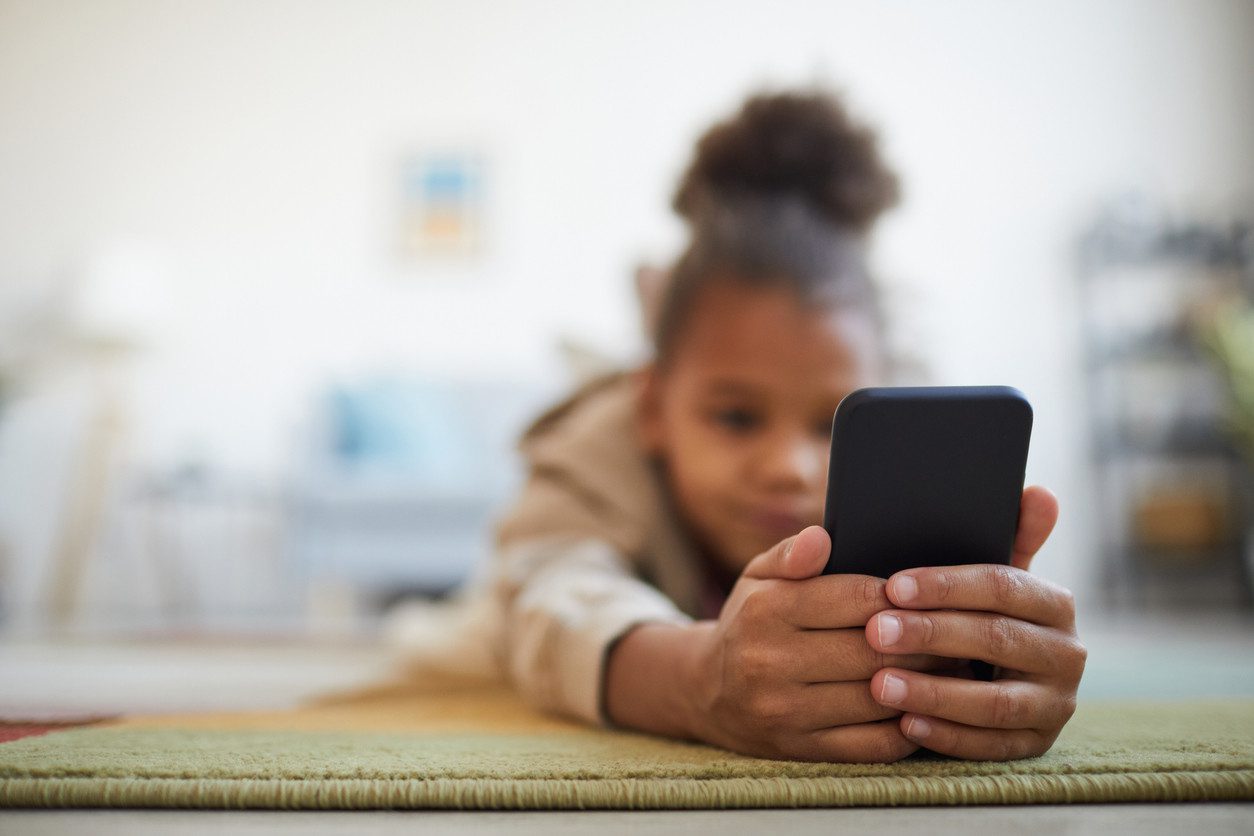As reported previously in The Dallas Express, Texas Rep. Jared Patterson plans on submitting a bill for consideration by Texas lawmakers to ban people under 18 from using social media platforms. However, the public is divided on whether the mental impact of social media is enough to justify an all-out ban.
With over 4.48 billion social media users worldwide, more and more interactions are occurring online through social networking apps. People under 13 in the United States are already restricted from using social media platforms by the Children’s Online Privacy Protection Act. Still, many underage users find ways to bypass age verification. According to the Science Foundation Ireland Research Centre for Software, it is unclear what kind of an impact social media use is actually having on children.
Recently, a study published in Movement Disorders, the peer-reviewed journal of the International Parkinson and Movement Disorder Society, found that females aged 12 to 25 were picking up and imitating traits and behavioral patterns they saw on social media. According to the study, these “tics” were “consistent with a functional neurological disorder” and resembled the symptoms of Tourette syndrome.
Medical professionals worldwide noticed an increase in girls presenting with these “tics” during the COVID-19 pandemic.
Dr. Mohammed Aldosari, a pediatric neurologist with the Cleveland Clinic, stated, “Initially, everyone thought they were seeing an isolated phenomenon, but it turns out that we’re all seeing it — a different age of onset, and disturbingly, an explosive onset. In just a few hours, maybe a day or two, girls who have no history of tics suddenly start to experience a lot of movement and vocalization.”
It was later revealed that many of these girls had simply picked up the tics from popular TikTok creators with neurological disorders who produced videos spreading awareness about Tourettes. According to the Movement Disorders study, these videos had received millions of views.
However, Dr. Aldossari warned that the “tics” should still be taken seriously and are not necessarily the product of purposeful imitation. While such symptoms might not actually be a neurological disorder, he stated that behavioral therapy might still be warranted.
For younger and older users, social media has also been observed to cause changes in mood, self-esteem problems related to a “fear of missing out,” and sleep issues.
Dr. Jacqueline Sperling, a mental health professional at the Harvard-Medical-School-affiliated psychiatric hospital, McLean, claimed that many social media users find themselves jealously comparing themselves to others. This causes them to think that their lifestyle is not up to par with their peers. She stated that this could cause a distorted view of appearances and reality among younger people.
Sperling also argued that the validation of seeing “likes” on social media acts like a drug for those choosing to post about their lives regularly.
“When the outcome is unpredictable, the behavior is more likely to repeat. Think of a slot machine; if game players knew they never were going to get money by playing the game, then they never would play,” Sperling explained. “The idea of a potential future reward keeps the machines in use. The same goes for social media sites. One does not know how many likes a picture will get, who will ‘like’ the picture, and when the picture will receive likes. The unknown outcome and the possibility of a desired outcome can keep users engaged with the sites.”
According to researchers, 5-10% of Americans qualify for clinically-recognized social media addiction disorder. Passively scrolling through social media has been observed to light up sections of the brain that would respond similarly to gambling or cocaine use. When the brain receives this “reward,” it is prompted to try and obtain it once more, allowing the person to fall into a cycle of repeatedly consuming content. This is allegedly more evident in children, with Addiction Center estimating that 27% of youth who “spend three or more hours a day on social media” will be mentally impacted negatively.
The advocacy group Organization for Social Media Safety argues the dangers for minors online are very much real. “The frequency of the harm is likely very high, impacting millions of children across the world,” CEO Mark Berkman told The Dallas Express. “Not only are parents and educators underestimating the extent of the risk that children face, but they also are not even aware of a number of the dangers children may be exposed to on social media, which can include social media-fueled eating disorders, drug dealing, human trafficking, and social media-motivated violence, among others.”
However, Berkman does not believe that an all-out ban, like the one proposed by Rep. Patterson, is a realistic solution. He recognized that teenagers and even children can access social media despite restrictions, stating, “Platforms and parents need to do a better job of keeping these young children off social media since they do not have the judgment or maturity yet to safely use this technology.”
The Organization for Social Media Safety has been pushing for the passage of Sammy’s Law, allowing parents to use third-party software to monitor what occurs on their child’s social media. The group believes this is a happy medium for concerned parents while allowing for some freedom on the child’s end.
As reported in The Dallas Express, Rep. Patterson’s announcement that he would try to ban minors from using social media predictably elicited criticism online.
On Twitter, a woman named Katie French commented, “I actually disagree with [Patterson’s proposal] completely. I want less government in my home. I certainly don’t need a government to parent for me.”
I actually disagree with completely. I want less government in my home. I certainly don’t need a government to parent for me.
— Katie French (@KatieFrenchOES) July 5, 2022
Another woman, Gabrielle Alexa Noel, tweeted, “Social media absolutely has its drawbacks, but it can also help teens develop better social skills, bond with friends/family, and learn about new sociocultural ideas.”
Social media absolutely has its drawbacks but it can also help teens develop better social skills, bond with friends/family, and learn about new sociocultural ideas.
LGBTQ+ teens, in particular, benefit from exploring their identities & seeking community via social media. https://t.co/soLkTO6IJ9
— Gabrielle Alexa Noel (@gabalexa) July 6, 2022
Even Dr. Sperling acknowledged that family dynamics and good adult modeling are essential factors in the outcomes of social media usage by children, stating, “Parents’ frequency of electronics use can set the tone for what is permissible to their children. If you want your children to put their phones down at dinner, that will be more likely to happen if you do the same.”







A bill banning minors from using social media will not help. for three main reasons. 1-There is no way it can be enforced. Kids will find a way if they want to. 2-It should not be government’s job to be babysitters. It should be up to the parents. And 3-It is a violation of a person’s first amendment civil right of free speech. Articles of the constitution apply to minors also.
Maybe Jarad Patterson would be better to think about giving those kids some unstructured outside play alternatives to screen time.
Maybe he could instead pass a positive inducement law requiring that school districts and parks unlock their bureaucratic empire building facilities instead of keeping the taxpayer already-paid-for acreage locked up during the majority of time.
The effect of exercise intensity on brain derived neurotrophic factor and memory in adolescents 04/04/2017BackgroundBrain derived neurotrophic factor (BDNF) seems to serve as an important regulatory mechanism in the growth and development of neurons in many areas of the brain.Insulin-like growth factor 1 (IGF-1) is related to neurogenesis and regulation of the BDNF gene and is involved in the growth and differentiation of neurons.Cortisol is released in response to stimuli such as psychological oppression, anxiety, and fear. Stress also induces changes in BDNF. The purpose of this study was thus to examine the effects of varying intensities of aerobic exercise on resting serum BDNF, IGF-1 concentrations, cortisol, and memory of adolescents….
ResultsThe high intensity exercise group showed a significant increase in brain derived neurotrophic factor at rest, concentration level of insulin-like growth factor 1, cortisol, and working memory.